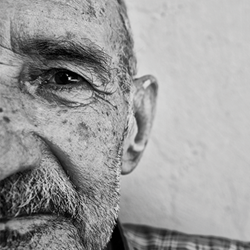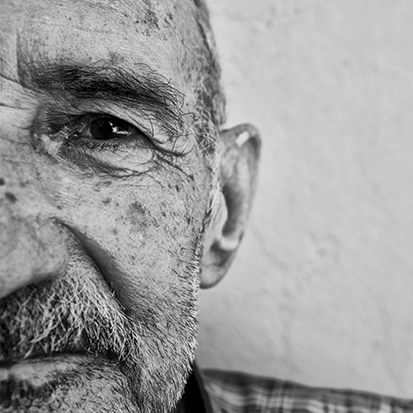
The Security of Home: How Rental Assistance Provides Low-income Seniors with a Healthier Future
Older adults who live in publicly supported housing are more likely to see improvements in health outcomes, are less worried about their ability to afford healthcare and are less likely to skip their medications to save money than low-income older adults who do not live in a publicly supported home.
CHESHIRE, Conn. (PRWEB)
July 14, 2020
Publicly supported housing provides stability to low-income older adults, which helps them age in place more easily than their low-income peers who do not live in publicly supported housing, according to new research from the Public and Affordable Housing Research Corporation. PAHRC’s latest report, The Security of Home: How Rental Assistance Provides Low-income Seniors with a Healthier Future, also found that older adults who live in publicly supported housing are more likely to see improvements in health outcomes, are less worried about their ability to afford healthcare, and are less likely to skip their medications to save money than low-income older adults who do not live in a publicly supported home.
Homes made affordable through public programs benefit low-income older adults in other key ways as well, which can help them better age in place. The report found that low-income older adults who live in publicly supported homes:
- More often live in units with accessibility features (54 percent), compared to low-income older adults who do not live in publicly supported housing (26 percent);
- Receive more in-home care (22 percent) than their low-income peers (10 percent);
- Enjoy greater access to public transit (65 percent) than their low-income peers (55 percent);
- Report higher levels of social interaction—33 percent report having 10 or more friends, compared to just 17 percent of low-income older adults who do not live in publicly supported homes; and
- Report higher rates of access to medical care and less anxiety about affording medical care (24 percent) than do low-income older adults who do not receive housing assistance (34 percent).
PAHRC’s research also found that seniors who live in publicly supported housing have unique needs related to their care as they age. This group more often lives alone compared to their low-income renter peers. They also report more often having higher rates of chronic health conditions such as high blood pressure, heart disease, and arthritis than their low-income renter peers, being more limited in their mobility, and more often report that depression or anxiety limit their activity.
To read the full report, along with recommendations for housing providers, policymakers, and funders who serve low-income seniors, visit PAHRC.org/research.
To dive deeper in to the report, join the authors for a free webinar, The Security of Home: New Research on Older Adults Living in Federally Assisted Housing, on Wednesday, July 22, at 2:00 p.m. EDT. Register for the webinar.
Participants will be able to identify the unique needs of seniors living in communities supported by federal rental assistance, understand how federal rental assistance can position seniors to better age in place, and learn how The Security of Home: How Rental Assistance Provides Low-income Seniors with a Healthier Future can be used to advance affordable housing.
About PAHRC
The Public and Affordable Housing Research Corporation delivers research, data, and tools to housing providers, policymakers, affordable housing advocates, and others who are working to help families achieve the benefits of an affordable home or increase the supply of affordable housing. Based in Cheshire, Connecticut, PAHRC is dedicated to building an evidence-based case for why affordable housing matters. Visit http://www.PAHRC.org for more information.
About HAI Group
HAI Group® is the marketing name for a family of companies founded by and dedicated to housing. Headquartered in Cheshire, Connecticut, the company offers insurance products and services to the affordable housing industry, along with development capital, advocacy support, and professional development training. Visit http://www.housingcenter.com for more information.
Share article on social media or email:

